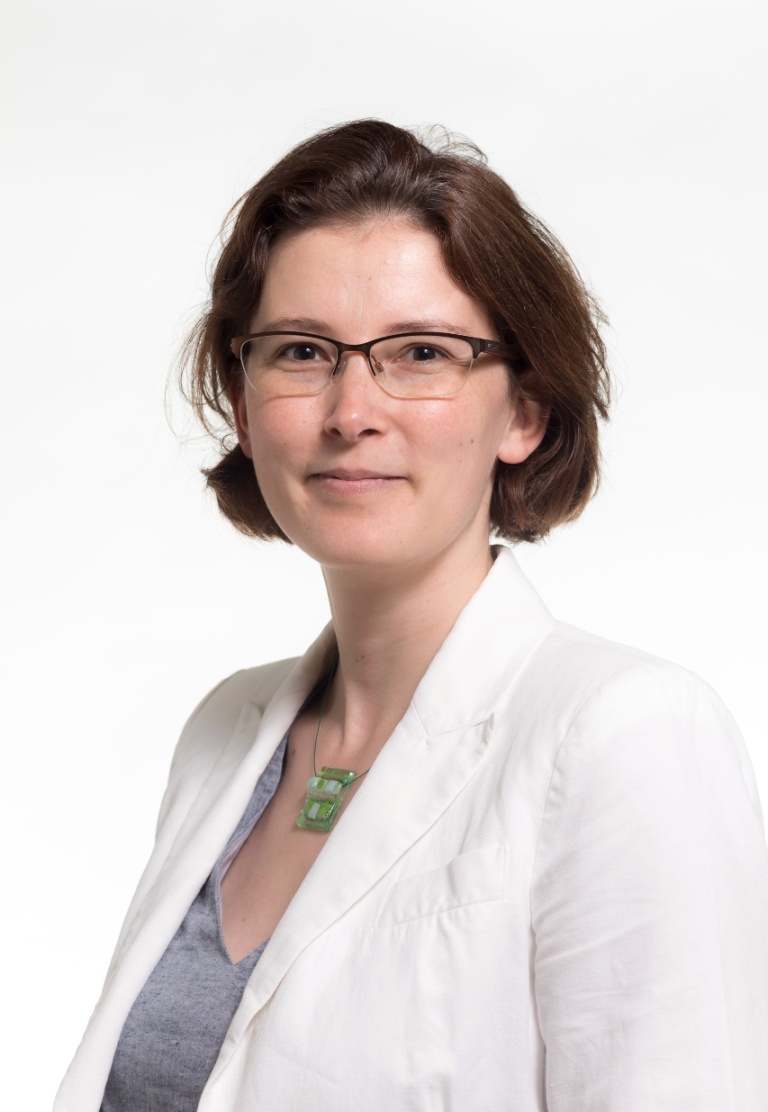
Julia Glaum received her Diploma in Physics from the Justus-Liebig-Universität Gießen, Germany in 2006 and her PhD in Materials Science from the Technische Universität Darmstadt, Germany in 2010. After a Postdoctoral stay at UNSW Sydney, Australia, she moved to the Norwegian University of Science and Technology (NTNU) in 2015. Here, she is now heading a research group with its main focus on functional materials for biomedical applications. Her main research activities stretch from the development of materials and components suitable for in-vivo applications to studies on material stability and reliability under physiological conditions. Furthermore, she is the leader of the Synergy Group “Biomedical Materials Science” that merges research and educational efforts in biomedical materials science at NTNU.
© Copyright 2021 IEEE – All rights reserved. Use of this website signifies your agreement to the IEEE Terms and Conditions.
A not-for-profit organization, IEEE is the world’s largest technical professional organization dedicated to advancing technology for the benefit of humanity.
This site is created, maintained, and managed by Conference Catalysts, LLC. Please feel free to contact us for any assistance.
IEEE websites place cookies on your device to give you the best user experience. By using our websites, you agree to the placement of these cookies. To learn more, read our Privacy Policy.